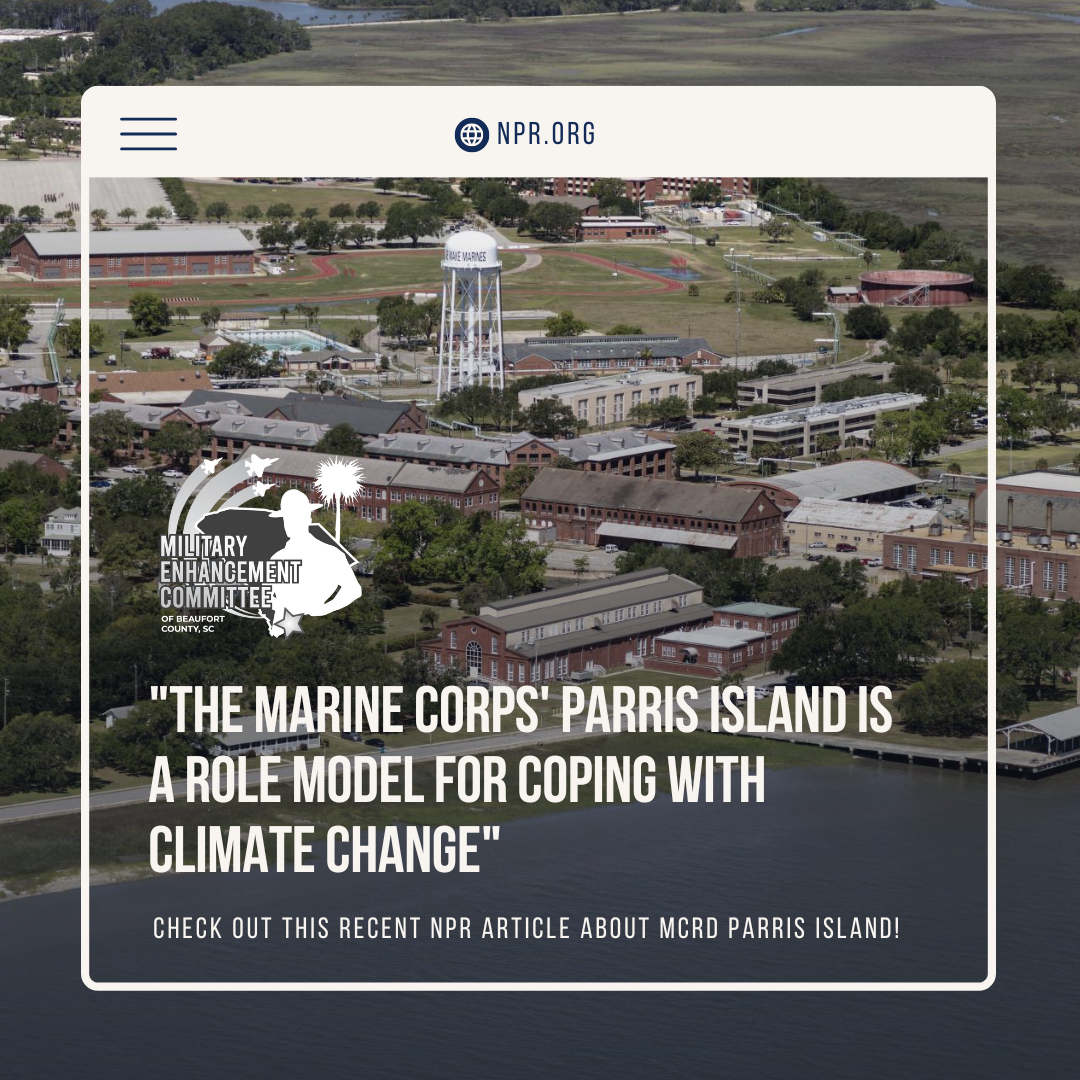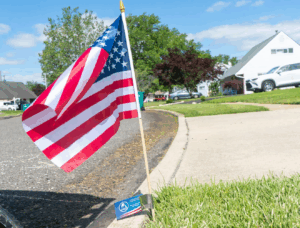In addition to their infamous motto, Semper Fidelis, the Marines have another, unofficial catchphrase: Adapt and Overcome. Around the Corps, nowhere is this motto better demonstrated than at Parris Island where rising sea levels have inspired some of the most creative adaptations the Marine Corps has produced in its nearly 250-year history.
The highest point of Parris Island sits a mere 21 feet above sea level with vast sections of the installation clocking in well below that. It may seem like an impossible task to keep such geography above water in future years to come, but Marines are used to accomplishing the impossible. The strategies that Parris Island is employing to fortify against the rising tide are making waves across the Department of Defense and serving as a model for other installations across all services. The key phrase used to describe the effort is “the art of the small”. This is meant to convey an idea of steady, incremental growth in the new infrastructure projects being developed to protect the base. Projects which won’t immediately solve the problem, but will delay the waves and promote long-term resiliency across the installation. Some of these projects include installing new batteries and solar panels to protect the base’s power grid against hurricanes, planting new salt marshes and oyster beds to shore up coastline, and gradually raising the roads and bridges on Parris Island when its time for routine replacements or maintenance.
None of these efforts are major endeavors or costly enough to raise eyebrows at higher levels. But all are massively important in the long run for Parris Island’s ability to ride out future high tides. The approach models the Marine Corps itself: small, tough, smart, and here to stay for the long term.
Check out the recent NPR interview with Tracey Spencer, Parris Island’s environmental director who spoke about the ongoing efforts on the installation:
The Marine Corps’ Parris Island is a role model for coping with climate change : NPR




